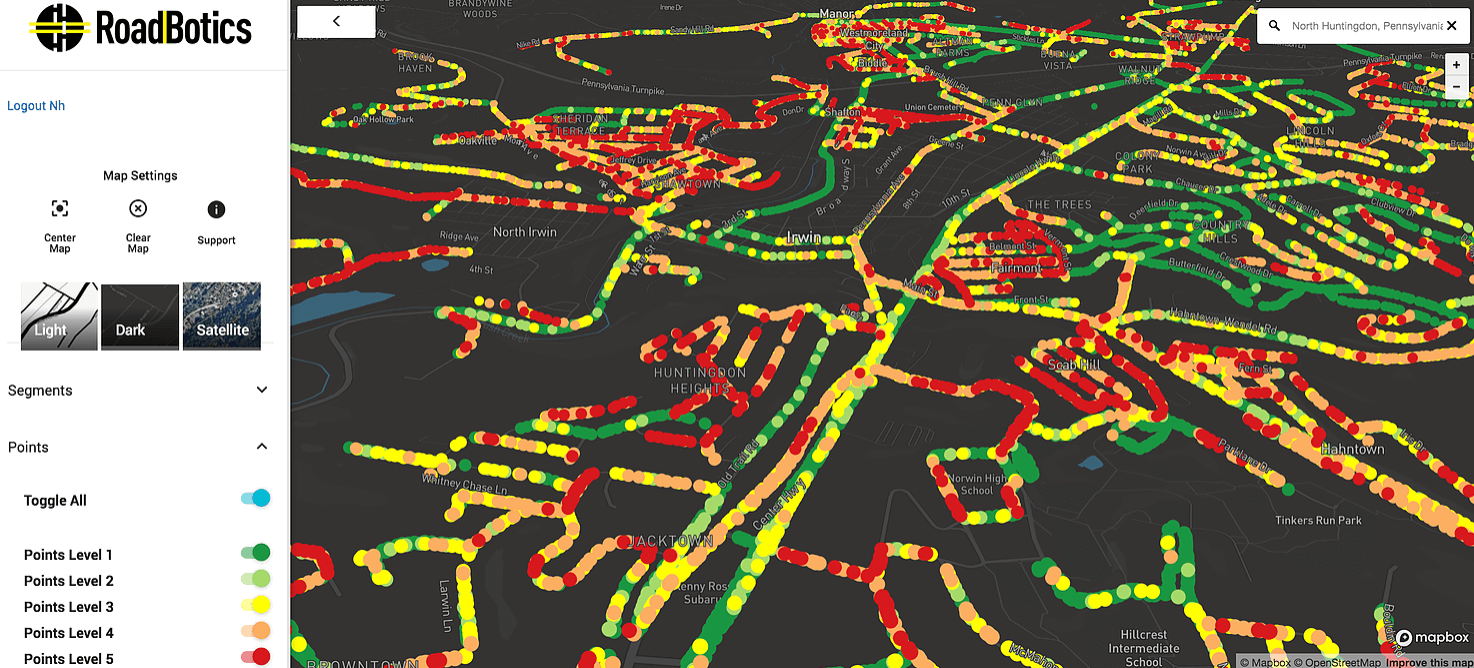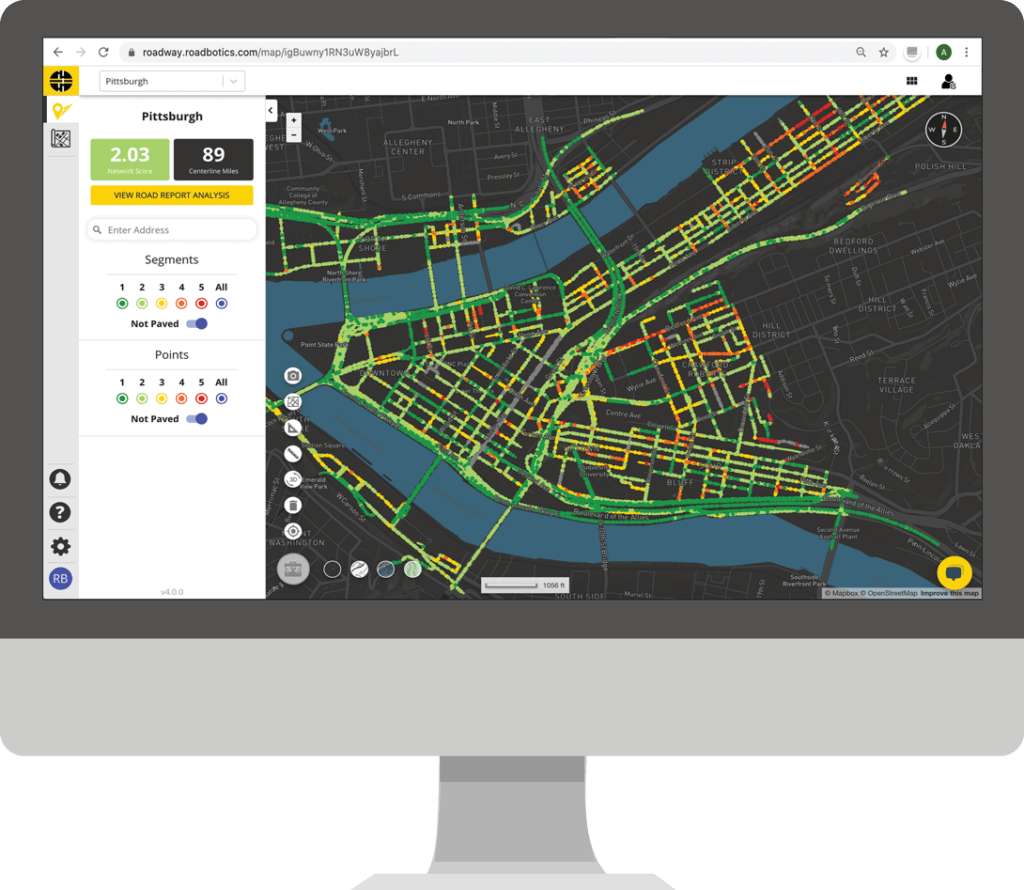
The infrastructure planning sector is taking advantage of the revolution trailblazed by smartphones. Infrastructure planners and cities are leveraging sensors on real-world assets (roads, tools, dams, etc.) for an integrated digital ecosystem. Critical improvements in analytics help decision-makers prioritize relevant data – optimizing operations and asset management. Join us Wednesday, May 19th at 10 am CT with RoadBotics CEO, Ben Schmidt, Ph.D and MWH Constructors‘ VP & Director of VDC, Jonathan Berkoe, as they explore how the industry enables smart infrastructure jobsites in the digital age.

Unique Challenges to Connecting Infrastructure and Construction to the Cloud
Infrastructure and construction have struggled to benefit from digital innovations, lagging behind manufacturing, healthcare, and agriculture. One of the primary drivers for this is the random nature of the physical sites themselves. Whereas assembly lines and automation thrive in controlled indoor environments, the built world is different. Every building has a unique design; every roadway is fitted to a city; every watershed is bespoke to a municipality. Computers and robotics thrive in repeatability, not in qualitative assessments present in the outdoor world.
Because the built environment varies to such a degree, connecting physical assets to digital ecosystems is complex. Every sensor placement, build quality, environmental consideration, varies. Many Project Managers are inundated with options. Furthermore, analytics and predictive models must be fitted to each custom real-world environment that it simulates.

Credit: MWH Constructors
Better Decisions with Better Data
However, the construction industry has been embracing digital tools for some time. For instance, concrete sensors may set and connected to centralized ecosystems regarding traffic congestion, bridge fatigue monitoring, or levy management. The vast amounts of incoming data are sieved, thanks to advances in software analytics. Project Managers can focus on details that have maximum impact.

Advances in software mean digital tools can be aptly applied to built environments – despite customization challenges. Smart jobsites are often planned out in a digital setting and integrated into their real-world twins as construction progresses. Similarly, several cities connect their infrastructure to digital ecosystems to help make decisions using facts rather than hunches.
RoadBotics
Ben Schmidt, Ph.D., CEO, leads the presentation for RoadBotics. RoadBotics empowers cities to assess roads using artificial intelligence, interactive maps, and robust analytics. From RoadBotics:
Despite the need, organizations are still struggling to cope with data overload and lack the analytics to generate an understanding of the built environment. The technology already exists that can generate asset maps that consist of the location and condition of different real world assets – trees, utility poles, signage, safety barriers – using automatic detection and smartphone based data collection. We will discuss how to make the business case for these technologies and save real operational dollars with their adoption. Over the next 5 years, we are going to see an enormous explosion in data generated in and around the built environment that will scream for the analytics and technology to develop that data into insights. Here we are going to discuss how this is going to happen and how you can adopt some of those advantages immediately.
MWH Constructors
Jonathan Berkoe, VP & Director of VDC, leads the presentation for MWH Constructors. MWH are global experts in alternative project delivery, from complex water infrastructure to unique office spaces. From MWH:
Infrastructure construction projects often present unique challenges related to the environment, variability in job site conditions, and operations/equipment logistics. Enabling a Smart Jobsite requires proactive integration of virtual planning, accurate data collection, and prompt assessment to enable an intelligently planned and safely executed construction project. This session will describe some of the methods we use at MWH in deploying virtual planning and execution, including some discussion of keys and roadblocks to successful outcomes.
Join Us, May 19th at 10 am CT how Digital Ecosystems Connect to Jobsites
- Interested in Infrastructure? Learn about our Infrastructure 2021 Conference
- Interested in Project Delivery? Learn about our Project Delivery 2022 Conference

Discussion
Be the first to leave a comment.
You must be a member of the BuiltWorlds community to join the discussion.